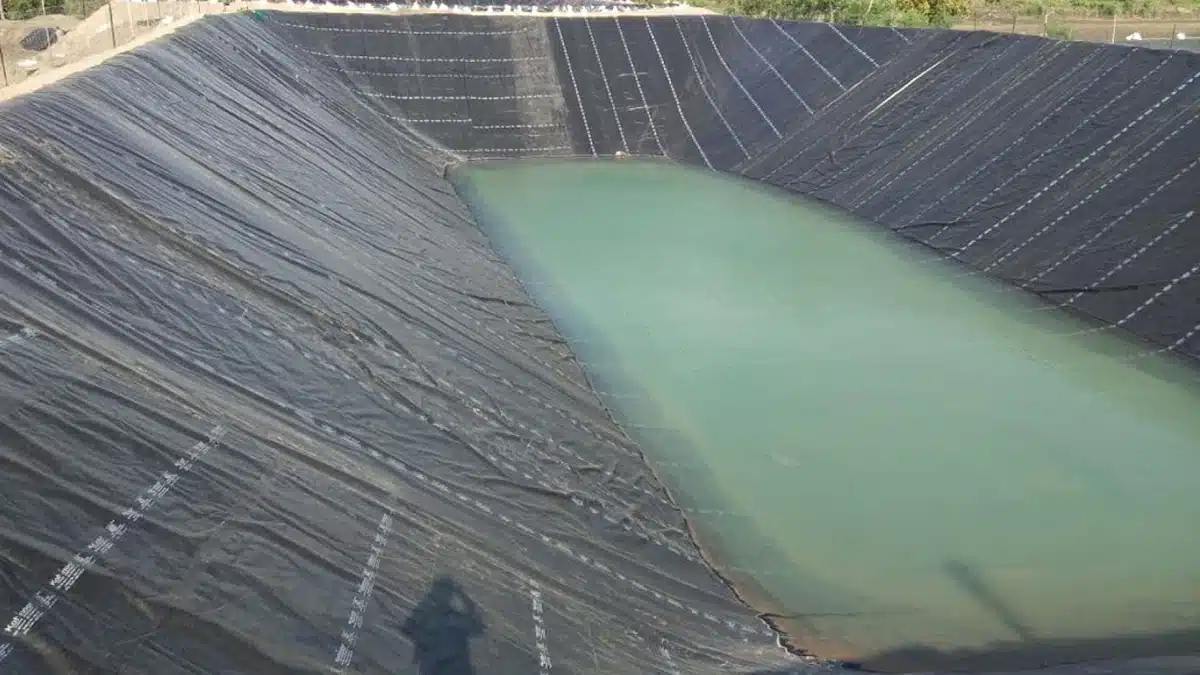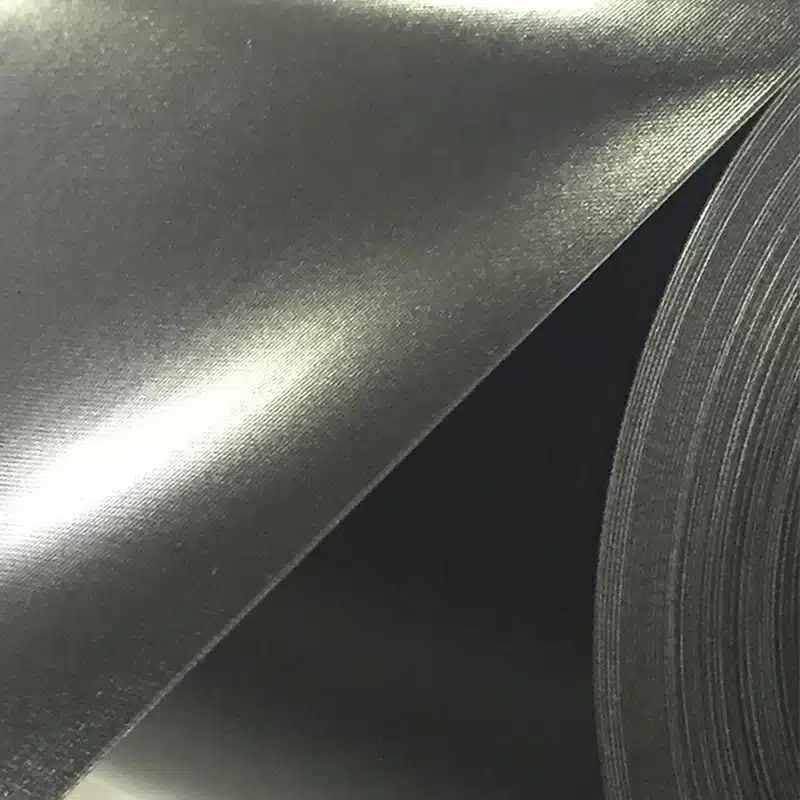+86-159 9860 6917
info@geofantex.com
geofantex@gmail.com
+86-400-8266163-44899
Hotwedge welding is a crucial technique in the installation of geomembranes, which are synthetic membranes widely used in civil engineering and environmental applications to prevent fluid migration. This welding method ensures strong, reliable seams in geomembranes, making it indispensable in projects like landfills, ponds, and containment systems. In this article, we will explore the hotwedge welding technique and answer key questions to help you understand its importance and application.
What is geomembrane welding technique?
Geomembrane welding is a process used to join two pieces of geomembrane material to create a continuous, impermeable barrier. Techniques such as hotwedge welding and Hot-Air Welding are commonly employed in this process. The hotwedge welding technique involves using a heated wedge inserted between overlapping layers of geomembrane. The heat generated by the wedge melts the surfaces of the material, and pressure is applied to fuse them together. This creates a strong, watertight seam that is essential for preventing leaks in various containment systems.

What materials are commonly used in hotwedge welded geomembranes?
Hotwedge welding is commonly used with geomembranes made from materials such as High-Density Polyethylene (HDPE), Linear Low-Density Polyethylene (LLDPE), and Polyvinyl Chloride (PVC). These materials are chosen for their excellent chemical resistance, durability, and ability to maintain flexibility across a wide range of temperatures. HDPE, in particular, is favored for its robustness and long service life in demanding applications.
What are the common applications of hotwedge welded geomembranes?
Hotwedge welded geomembranes are used in a variety of applications where fluid containment is crucial. Common uses include:
| Landfill Liners and Covers | To prevent leachate from contaminating groundwater. |
| Ponds and Reservoirs | To retain water in agricultural, recreational, or industrial ponds. |
| Mining Operations | For containment of tailings and process water. |
| Wastewater Treatment | In the lining of treatment ponds to prevent seepage. |
How is the quality of hotwedge welded seams ensured?
The quality of hotwedge welded seams is ensured through rigorous inspection and testing procedures. Visual inspection is the first step, checking for uniformity and any visible defects. Non-destructive tests, such as vacuum box testing or air pressure testing, are also performed to check for leaks or weak spots. In critical applications, destructive testing may be conducted on sample welds to verify their tensile strength and overall integrity.
Hotwedge welded geomembranes are a vital component in many environmental and industrial projects, providing reliable, impermeable barriers against fluid migration. The hotwedge welding technique ensures strong, durable seams that are essential for the long-term performance of geomembrane installations. Understanding the process and its applications helps ensure the successful implementation of geomembranes in a wide range of projects, from landfills to water reservoirs.



Get Free Sample
We’ll respond as soon as possible(within 12 hours)





















